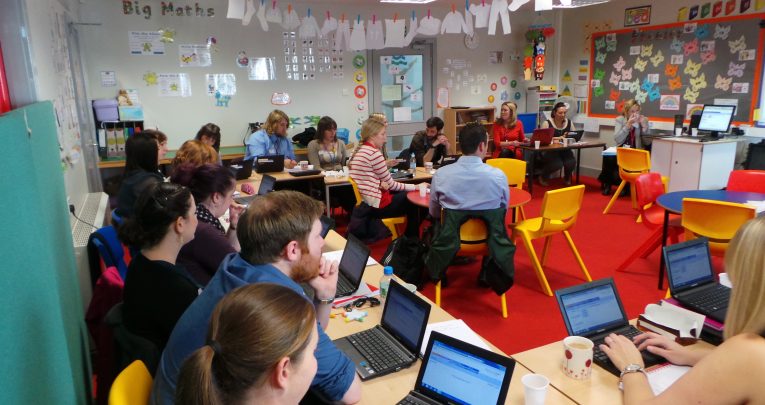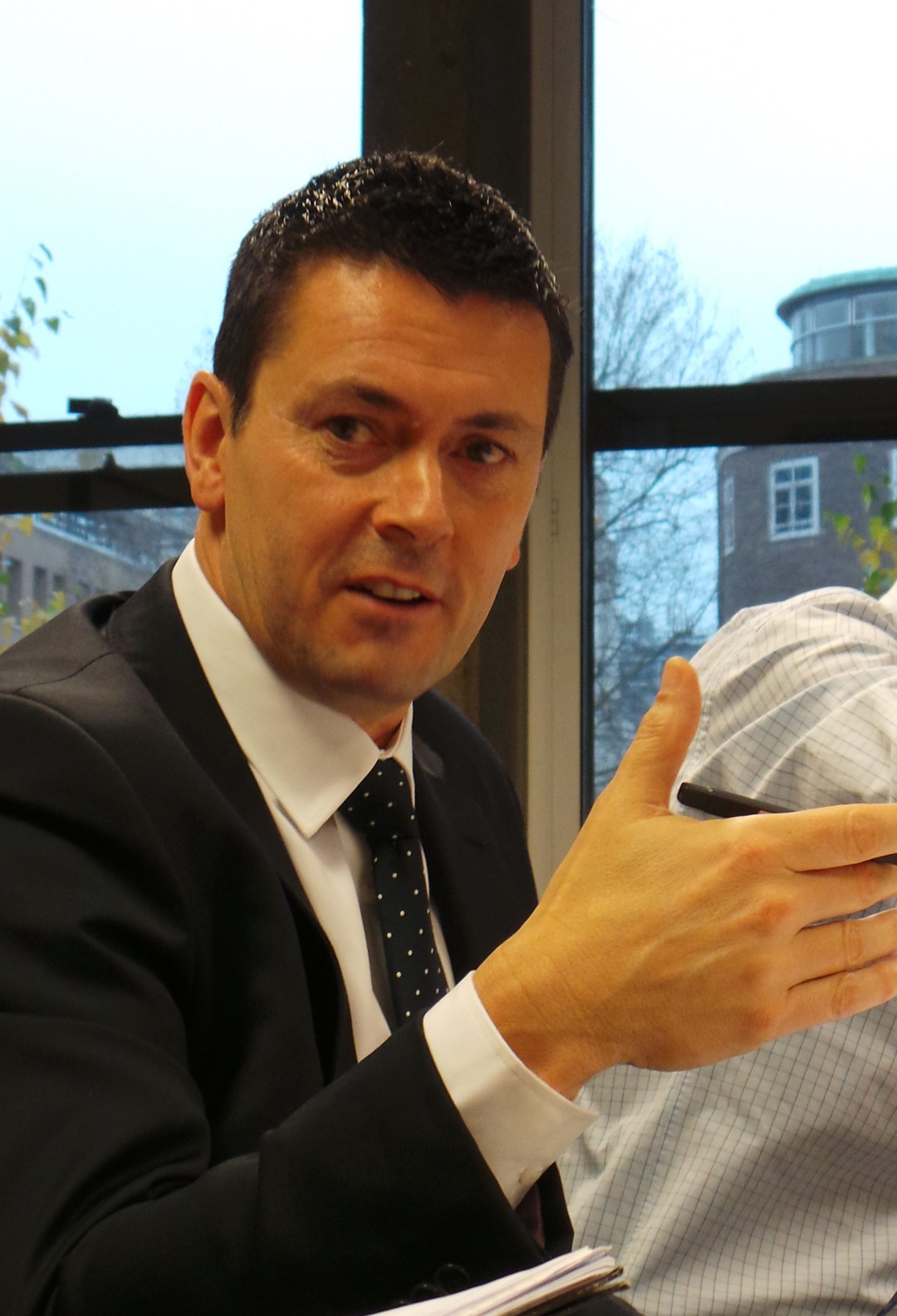Move On Up – Own your CPD and make your teaching career more fulfilling

Keith Wright, managing director of Bluewave Education, explains how when times are tough, the best organisations are those that invest in their people… Times are tough in teacher recruitment and retention. Stress and workload are common reasons cited by teachers – and leaders – who have left the profession. With an expected boom in pupil […]

- by Keith Wright

Keith Wright, managing director of Bluewave Education, explains how when times are tough, the best organisations are those that invest in their people…
Times are tough in teacher recruitment and retention. Stress and workload are common reasons cited by teachers – and leaders – who have left the profession.
With an expected boom in pupil numbers, squeezed budgets and a shortfall in trainee teachers, keeping existing teachers in the profession and attracting new recruits is an absolute priority for school leaders.
Quality CPD is one way to keep teachers teaching – but it has to be relevant to teachers’ needs and hard-wired into school improvement if it is to make a real difference.
Ad hoc attitudes Researchers say that high quality CPD raises pupil attainment and increases the motivation and confidence of teachers. Yet the reality is that in many schools there is still an ad hoc attitude to professional development – such as sending teachers on courses in response to direct approaches by training providers. Doing so may or may not turn out to be a good investment – but the problem is that schools often won’t know, because they lack the means and the time to analyse the CPD’s effectiveness.
It’s down to leaders to create a culture that encourages teacher learning. They should put in place a system that allows teachers to log their CPD needs, link them to their professional and school objectives and connect them back to changes in teacher practice and school improvement. Without this, investment in training is probably guesswork.
With the right culture and systems in place, it’s then down to teachers to take ownership of their professional development. Here are some general CPD ground rules for teachers to follow:
1 Make sure it’s relevant Look at what you need to achieve in your performance targets, professional standards, career stage expectations and the overall school development plan before you consider your CPD needs. Work back from your objectives and ask ‘What am I being asked to achieve, and am I able to achieve this without further learning?’ If the answer is ‘no’ then you need to engage in some learning.
2 Record your CPD needs Make sure they will help you meet the targets outlined in the above areas. This is important, because evidence of CPD impact will be recorded in these areas.
3 Scrutinise You need three essential pieces of information to help you determine your CPD needs – what area it is that you need to develop; where and how will this impact upon you; and where and how this will impact upon the school.
4 Research the most suitable CPD provision CPD doesn’t just come in the form of twilight workshops or away day courses. It could also involve conversations with colleagues, lesson observations or attending conferences. What is important is that it must be relevant to your needs and move you towards your ultimate goal.
5 Be prepared Before attending your CPD session, make sure you’ve read the preparation materials and checked how it might support your needs and those of the school. When you’re at the session, get involved by asking questions and prepare to be challenged.
6 Evaluate Afterwards, digest the learning experience and complete an evaluation within a week. Avoid doing this at the end of the session. Be clear about what it is you expect to happen as a result of the activity, and what it is that you will do differently. Also consider what you think the impact will be, and where you expect to find evidence of that impact.
7 Re-evaluate Once you’ve identified how things are progressing or improving, ‘tag’ your evaluation and evidence to any CPD activity you think helped you achieve this. Doing so will result in a gradual accumulation of evidence of impact for each CPD activity, which will be accurate, meaningful and valuable for all concerned. This can be done on paper, but typically takes time and can be hard to track. There are systems out there now that can make this process simple and quick.
Bluewave Education provides solutions intended to help streamline school improvement processes, including SEF, SDP, Performance Management and CPD. For more information, contact 0845 4900 447 or visit www.bluewaveeducation.com











